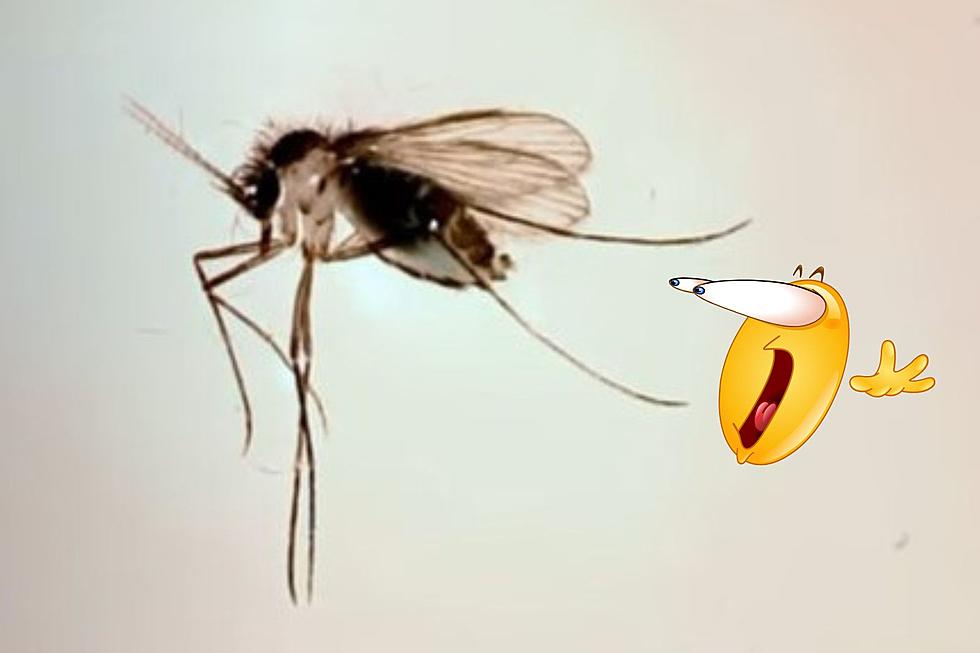
Disfiguring Skin Disease on the Rise in Texas Thanks to This Bug
Texas has its fair share of flying bugs that bring a myriad of nuisances. There's the itching of a mosquito bite, the severe pain of a wasp, or just the inconvenient and smelly smear of a June bug or lovebug on the car windshield.
The Lone Star State is also home to a wide variety of flies, from the common house fly to horse flies, to fruit flies, to crane flies, and many others.
What About Sand Flies?
These guys are usually associated with Caribbean countries such as Honduras and Belize. They are also quite numerous in North Africa, New Zealand, and parts of Asia. But, sand flies can also be found in Texas, especially in coastal regions.
Sand flies can travel in swarms and be a major annoyance when you're trying to enjoy an evening on the beach. Plus, they are bloodsuckers, and when you're dealing with bugs and blood, nasty diseases can be spread.
Tropical Disease on the Rise in Texas
Besides causing red irritations from their bites, sand flies can also spread a tropical disease called leishmaniasis. This parasitic disease can produce skin ulcers, sores, and other forms of temporary or long-term disfigurement.
In rare cases, the disease can travel to internal organs. If left untreated in these instances, leishmaniasis is almost 100% fatal.
The number of cases reported to the Texas Department of State Health Services has been increasing so much for the past several years that leishmaniasis may be considered endemic to Texas.
How to Keep Sand Flies Away
Preventing sand fly bites is similar to preventing bites from mosquitos. Insect repellent is a good start. Sand flies are not strong flyers, so a nearby fan will help disrupt them. Plus, keep your skin covered. These guys are not good at biting through fabric.
6 Deadly Snakes Found in Texas
Gallery Credit: Billy Jenkins
Most Dangerous Louisiana Creatures
More From Kicks 105









